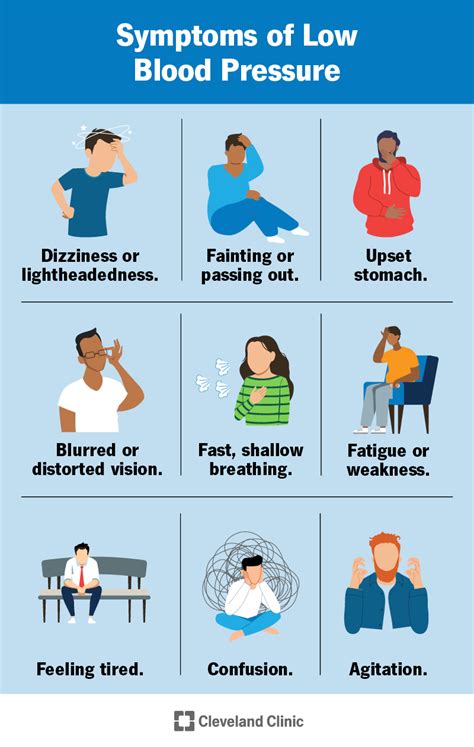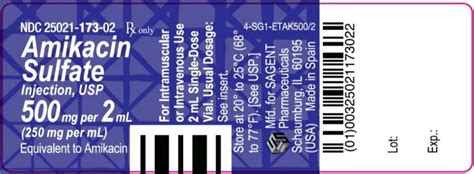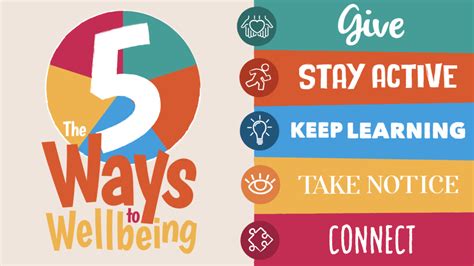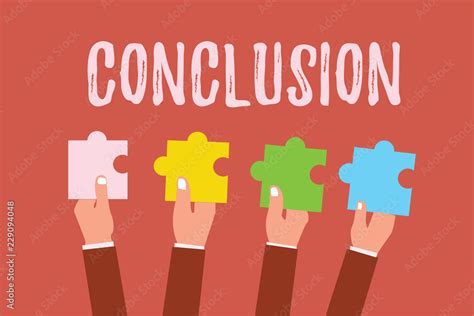Intro
Discover 5 ways to manage low blood pressure with effective treatment options, including lifestyle changes, dietary adjustments, and natural remedies to alleviate hypotension symptoms and improve overall health.
Hypotension, or low blood pressure, is a condition where the blood pressure in the arteries is lower than normal. This can cause dizziness, lightheadedness, and fainting, among other symptoms. While high blood pressure is often a concern, low blood pressure can also be a significant health issue. Fortunately, there are several ways to treat low blood pressure, and in this article, we will explore five of them.
Low blood pressure can be caused by a variety of factors, including dehydration, blood loss, and certain medical conditions. It can also be a side effect of certain medications. If left untreated, low blood pressure can lead to serious health complications, such as organ damage and even death. Therefore, it is essential to seek medical attention if you are experiencing symptoms of low blood pressure.
In addition to medical treatment, there are also lifestyle changes that can help manage low blood pressure. These include increasing salt intake, drinking more water, and avoiding standing for long periods. By making these changes and seeking medical attention when necessary, individuals with low blood pressure can reduce their symptoms and improve their overall health.
Understanding Low Blood Pressure

Causes of Low Blood Pressure
There are several causes of low blood pressure, including dehydration, blood loss, and certain medical conditions. Dehydration can cause low blood pressure because it reduces the volume of blood in the body, which can lead to a decrease in blood pressure. Blood loss, such as from injury or surgery, can also cause low blood pressure. Certain medical conditions, such as heart failure, thyroid disorders, and diabetes, can also cause low blood pressure.Treatment Options for Low Blood Pressure

Lifestyle Changes for Low Blood Pressure
Lifestyle changes can play an important role in managing low blood pressure. Increasing salt intake can help increase blood volume, which can help raise blood pressure. Drinking more water can also help increase blood volume and reduce dehydration. Avoiding standing for long periods can also help reduce symptoms of low blood pressure. Additionally, eating small, frequent meals can help manage low blood pressure by reducing the risk of hypoglycemia.Medications for Low Blood Pressure

Alternative Therapies for Low Blood Pressure
Alternative therapies, such as acupuncture and yoga, may also be beneficial in managing low blood pressure. Acupuncture involves the insertion of small needles into specific points on the body to stimulate healing and balance. Yoga involves a combination of physical postures, breathing techniques, and meditation to promote relaxation and reduce stress. Both acupuncture and yoga may help manage low blood pressure by reducing stress and promoting relaxation.5 Ways to Treat Low Blood Pressure

Benefits of Treating Low Blood Pressure
Treating low blood pressure can have several benefits, including reducing symptoms, improving quality of life, and reducing the risk of complications. Reducing symptoms, such as dizziness and lightheadedness, can improve daily functioning and reduce the risk of falls. Improving quality of life can also improve overall health and well-being. Reducing the risk of complications, such as organ damage and death, can also improve long-term health outcomes.Conclusion and Next Steps

We invite you to comment below and share your experiences with low blood pressure treatment. How have you managed your symptoms? What treatments have you found to be most effective? By sharing your stories and experiences, we can work together to improve our understanding of low blood pressure and develop more effective treatment options.
What are the symptoms of low blood pressure?
+The symptoms of low blood pressure include dizziness, lightheadedness, fainting, and fatigue. Other symptoms may include nausea, vomiting, and diarrhea.
What are the causes of low blood pressure?
+The causes of low blood pressure include dehydration, blood loss, and certain medical conditions. Other causes may include medication side effects, hormone changes, and nutritional deficiencies.
How is low blood pressure diagnosed?
+Low blood pressure is diagnosed by measuring blood pressure with a blood pressure monitor. A physical exam and medical history may also be used to determine the underlying cause of low blood pressure.
What are the treatment options for low blood pressure?
+The treatment options for low blood pressure include lifestyle changes, medications, and alternative therapies. Lifestyle changes may include increasing salt intake, drinking more water, and avoiding standing for long periods. Medications may include fludrocortisone and midodrine. Alternative therapies may include acupuncture and yoga.
Can low blood pressure be prevented?
+Yes, low blood pressure can be prevented by maintaining a healthy lifestyle, including eating a balanced diet, staying hydrated, and exercising regularly. Avoiding certain medications and managing underlying medical conditions can also help prevent low blood pressure.
